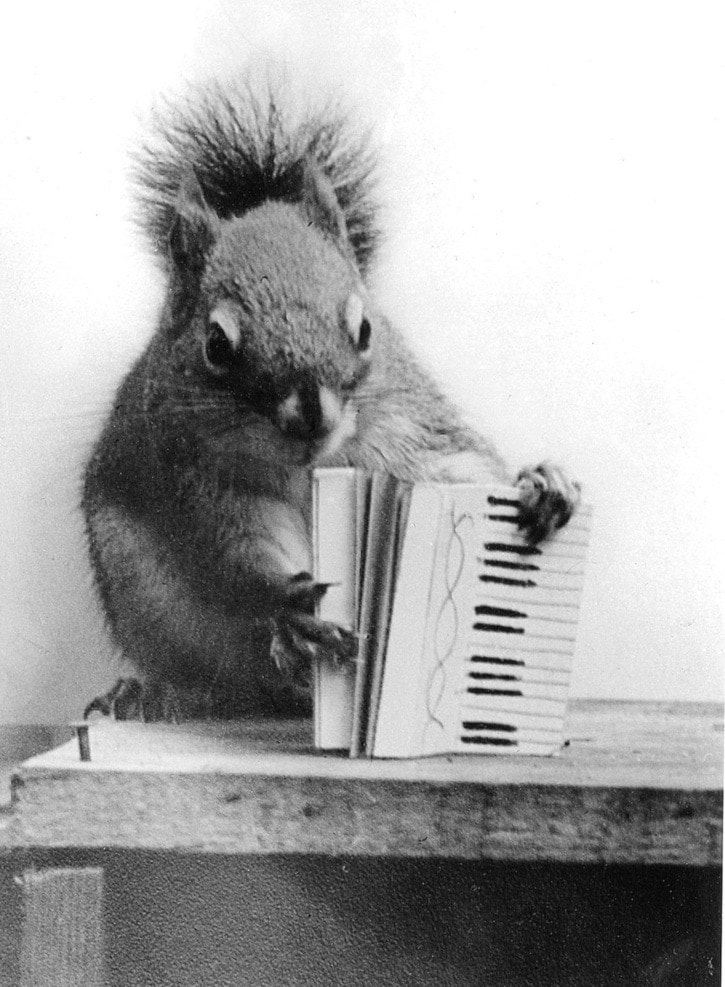A naturalist’s haven in the Sooke hills
Years ago when the stillness of our sub-alpine lakes region in the Sooke Hills was broken only by the haunting early morning call of a loon or the distinctive signal of a whiskey-jack, a naturalist called Harry Vickers made his home at the lakes.
It was the domain of Claude Harrison, at that time City Prosecutor of Victoria, and he shared his wilderness with the Alpine Club of Canada, who had a lodge at the west end of Sheilds Lake. Claude Harrison had his own spacious weekend cabin high above the upper reaches of the Charters River.
The Alpine Club arranged for naturalist Harold Vickers to act as caretaker, and he spent his time between rustic cabins at Sheilds and Grassy Lakes. It is heartwarming to note that the pioneer Sooke settler families of Charters and Sheilds are remembered by the naming of these geographical features so important to our Sooke watershed system today.
At that time Sheilds, Grassy and Crabapple Lakes were fringed with the natural-hued yellow water lilies, prior to the introduction by G. E. Bernard of the lovely pink shades that became predominant later on. Vickers was a photographer who in his woodland years focused on wildlife. His affinity with the small wild creatures was such that birds and animals alike would eat from his hand.
One of the highlights of a hike in the hills in those days was stopping to visit with the naturalist, and to marvel at the friendly whiskey-jacks that swooped down to claim morsels of breadcrumbs from our hands.
He specialized in befriending little creatures and gained their trust. In time he could cajole them into allowing him to introduce man-made objects such as this toy piano accordion, or as he did with another squirrel, posing it with knitting needles and a ball of wool. His “whispering” skill was so successful that he once managed to photograph a canoe-borne deer that he had enticed to board his canoe and float with him on the lake.
Colour film had not yet come into use, so Vickers delicately hand-tinted many of his photographs, creating a beautiful pastel collection, now held by the Sooke Region Museum.
Elida Peers,
Historian
Sooke Region Museum
